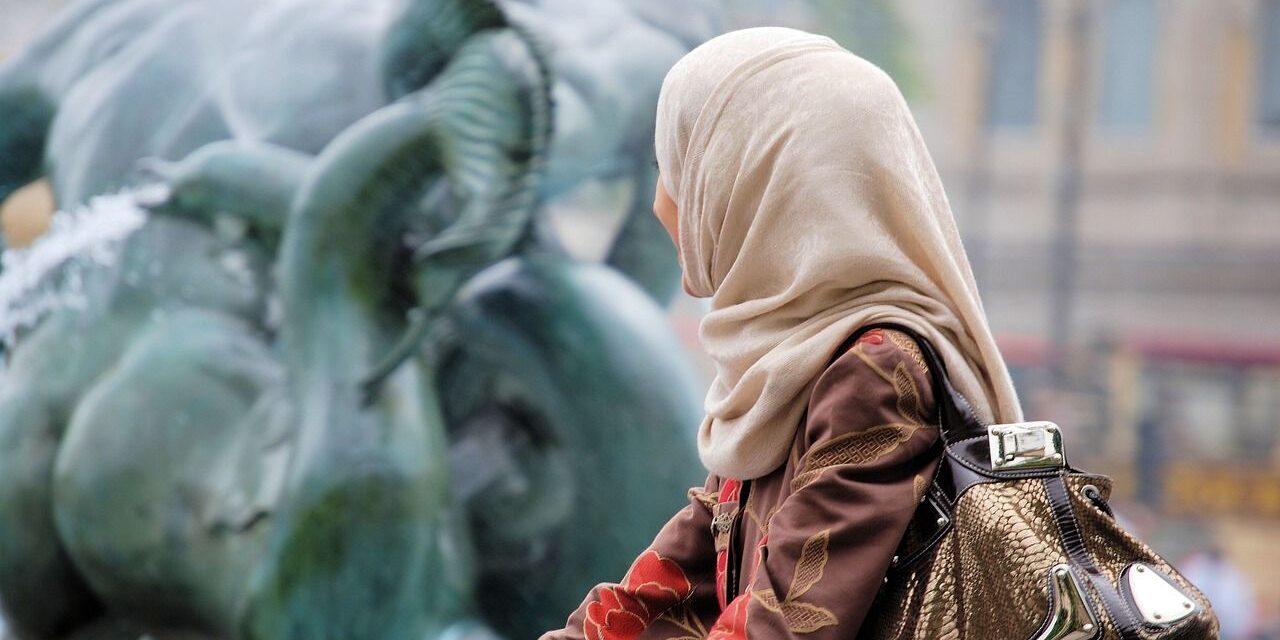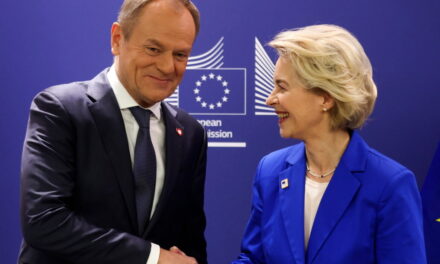Paris took a deep breath and took a significant step in order to push back the spread of Islam, at least in educational institutions.
Students will be banned from wearing the abaya, a loose, loose, full-length robe worn by some Muslim women, in French public schools, according to the education minister, according to the BBC. The rule goes into effect on September 4.
France strictly bans religious symbols in public schools and government buildings, arguing that they violate secular laws.
"When we enter a classroom, we should not be able to tell the religion of the students just by looking at them," Education Minister Gabriel Attal told French TV channel TF1, adding: "I have decided that the abaya can no longer be worn in schools."
The garment is increasingly being worn in schools, leading to political divisions: right-wing parties called for a ban, while left-wing parties worried about the rights of Muslim women and girls.
"The abaya is a religious gesture that aims to test the republic's resistance to the secular sanctuary that the school should represent," Attal told TF1.
France banned the full-face veil in public in 2010, angering France's five million-strong Muslim community.
France has strictly banned religious symbols in schools since the 19th century, including Christian symbols such as large crosses, in an attempt to curb Catholic influence in public education.
Over the years, the law has been renewed several times, so it now includes the Muslim headscarf and the Jewish kippah, but the abaya has not been completely banned.
The debate over Islamic symbols has intensified since a Chechen refugee beheaded a teacher in 2020, Samuel Paty, who showed caricatures of the Prophet Muhammad to his students near his school in a suburb of Paris.
The announcement is the first major political decision for Attal, who was appointed France's education minister at the age of 34 this summer by President Emmanuel Macron.
According to the CFCM, a national body representing many Muslim associations, the garments are not "religious symbols" in themselves.












